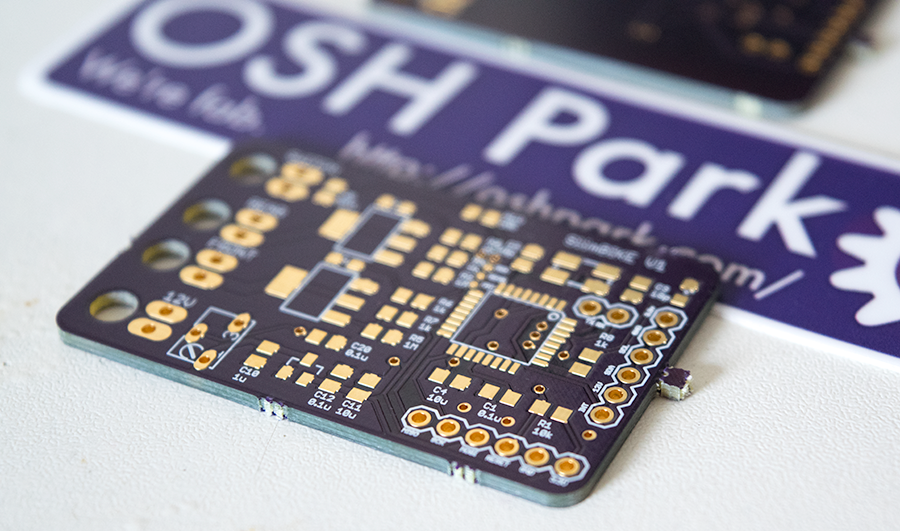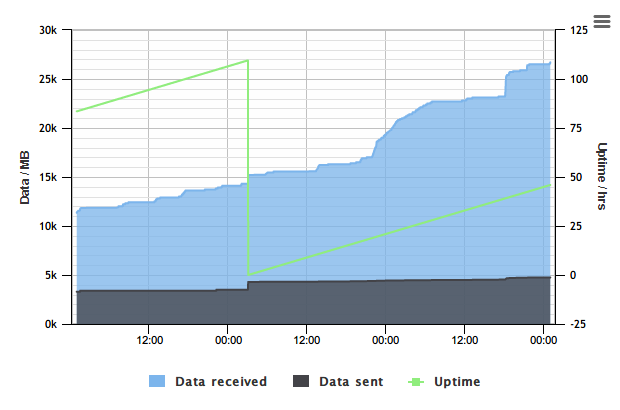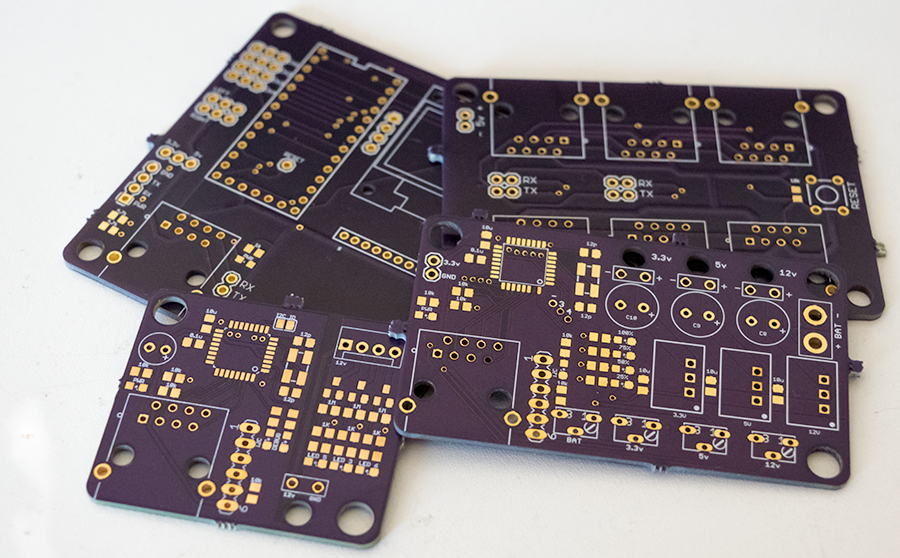
Cycling is my main form of transportation which often means I’m travelling at night, hoping other road users can see me as I ride along. I used cheap LED lights for a while, but the batteries either ran out too quickly, or their light output was sub-par. I looked around for a better more expensive set but ended up – foolishly – deciding I could do a much better job myself.
The first iteration was an Arduino Fio with a stripboard MOSFET driver board which lead to my discovery of OSH Park and – after a few months of experimentation and feature-creep – I ended up with a GPS RTC enabled board reporting its position and battery level back through a GPRS module. This board eventually suffered a catastrophic failure which I’m still unsure why it happened, but I was left without lights which was my biggest concern. Continue reading Making Arduino bike lights

